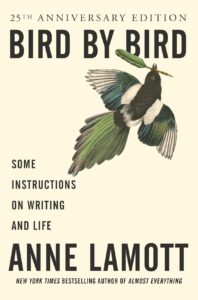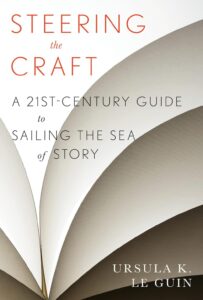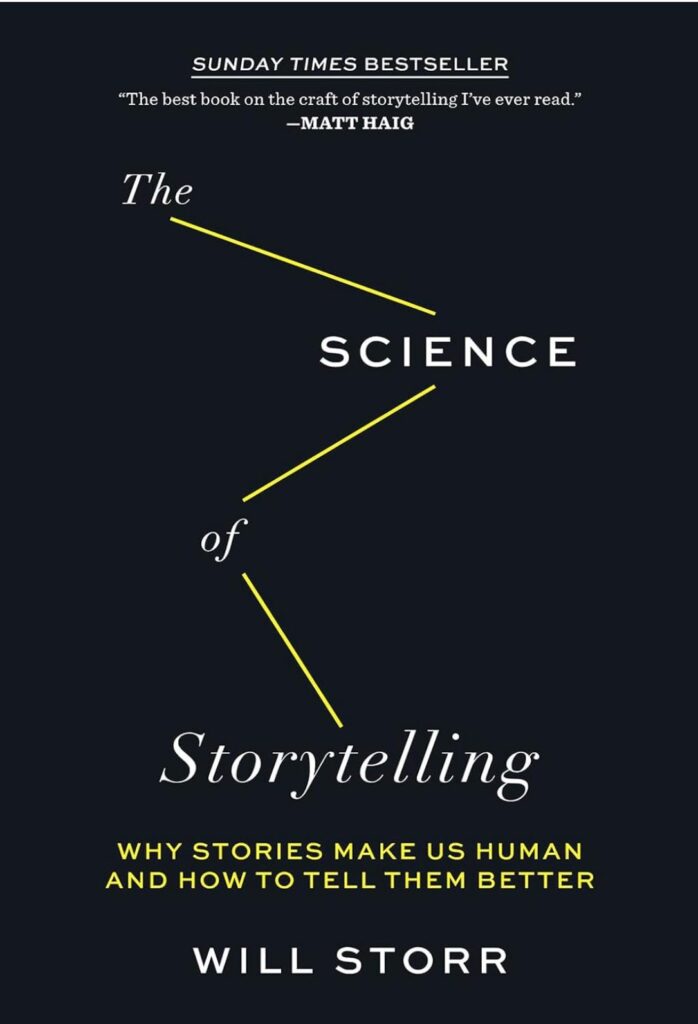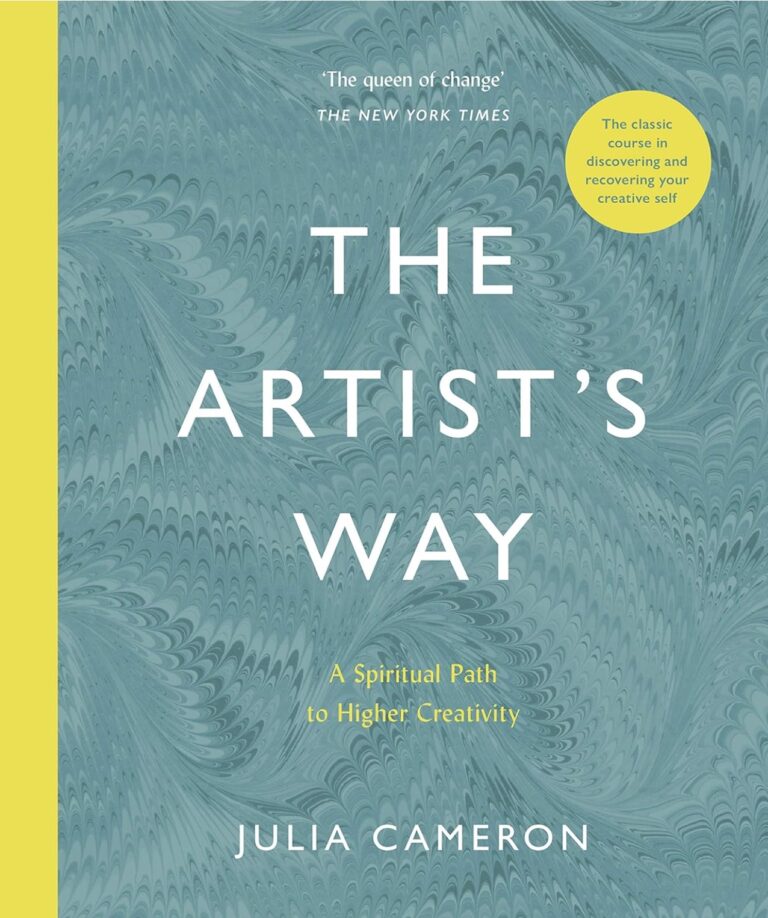As a Hucow author, one of the most exciting parts of writing is connecting with readers. These aren’t just faceless individuals reading your stories—they are fans who love the world you’ve built, the characters you’ve created, and the unique Hucow elements you’ve woven into your plots.
Over time, some of those readers may start sharing ideas, requests, or specific scenes they’d like to see in your future books. It’s an exciting opportunity, but it can also be tricky to balance your creative vision with reader input.
I’ve found that incorporating reader requests into my Hucow stories can be rewarding and challenging at the same time. The key is finding ways to stay true to your story while acknowledging your readers’ wishes.
In this post, I’m going to break down how you can blend reader requests seamlessly into your work and make your audience feel even more connected to your stories.
Table of Contents
ToggleWhy Consider Reader Requests?
Incorporating reader requests can add richness to your story. When readers reach out to suggest a particular scene, transformation, or dynamic, it shows that they are invested in your work. They care enough to want more of what they love, or perhaps they’re curious about seeing something new.
When I started adding reader suggestions into my stories, I noticed something magical—it made my readers feel like they were part of the creative process. In a Hucow story, you can take a suggestion about a unique breeding scene or a specific transformation and make it come alive. This builds a bond between you and your readers. They feel heard, and you benefit from their engagement.
Balancing Reader Requests with Your Vision
It’s essential to keep your creative vision intact while considering reader requests. You don’t want to lose control of your story or feel like you’re writing based on a checklist from fans. The beauty of Hucow stories is that they’re unique, imaginative, and personal.
In a Hucow story, you can weave reader requests into your existing plotlines without compromising the overall arc. For example, if a reader asks for more emphasis on power dynamics between the alpha and the heroine, you can enrich those scenes while still keeping your central themes of transformation and nurturing intact.
Remember, it’s your story. You’re the one who sets the boundaries and decides how far you’re willing to go with reader suggestions. In one of my stories, I had a request for a breeding scene to be much more explicit and dominant than I originally intended. While I appreciated the feedback, I chose to incorporate the essence of the request in a way that aligned with the emotional tone of the scene I had planned. I didn’t let it derail my narrative, but I still gave readers what they wanted—just in a different way.
Practical Tips for Adding Reader Suggestions
So, how do you actually incorporate reader suggestions without losing your flow? Here are a few tips that have worked for me:
Start with Small Changes
You don’t need to overhaul your story to include a reader’s idea. Instead, look for ways to integrate their suggestions in subtle ways. In a Hucow story, for example, you can incorporate small changes, like tweaking the physical transformation or adding an extra milking scene with different emotions.
In one of my earlier books, a reader requested more emphasis on the heroine’s emotional struggle during the transformation process. I didn’t have to rewrite the entire scene; I simply added more internal monologue to explore her resistance before she fully embraced her new identity. It enriched the scene without disrupting the flow.
Use Reader Requests to Enhance Character Development
Sometimes, reader suggestions can be a great opportunity to flesh out your characters further. In a Hucow story, you can use reader input to delve deeper into the emotions of your characters, their relationships, and even their physical transformations.
In a Hucow story I wrote, a reader suggested exploring the character’s feelings of powerlessness during the breeding process. I took that idea and used it to build a more complex emotional arc for the heroine, who initially feels conflicted but eventually finds empowerment through nurturing and connection. It added depth to the story and gave readers a new layer of emotional tension.
Handling Conflicting Requests
It’s inevitable that you’ll receive conflicting reader requests. One reader might want more explicit scenes, while another prefers a more emotional, subtle approach. In a Hucow story, the dynamic between dominance and care is a common area where readers’ preferences may clash.
To navigate this, I focus on the core themes of my story. If a suggestion fits with the overall tone and message, I’ll consider it. But if it strays too far, I politely thank the reader for their input and explain that it may not work for this particular story. It’s important to remain respectful and appreciative, even if you choose not to follow a suggestion.
In one instance, I had readers ask for a more submissive heroine while others wanted her to be more assertive. I found a middle ground by having the heroine evolve throughout the story—starting off submissive but gradually finding her inner strength. This allowed me to satisfy both sides without compromising the story’s arc.
Setting Boundaries as an Author
While it’s tempting to try to please everyone, it’s crucial to set boundaries. Your readers may have wonderful ideas, but they might not always align with your vision. In a Hucow story, you can set clear boundaries about what you’re willing to write. If a reader asks for a scene that crosses into uncomfortable territory, it’s okay to say no.
For example, I once had a request that felt too extreme for my comfort zone. While I appreciated the reader’s enthusiasm, I knew that including such a scene would make me feel disconnected from my own work. In a Hucow story, you should always prioritize your creative instincts over outside pressure.
Involving Readers Without Losing Control
Involving readers in the creative process doesn’t mean you have to give up control of your story. You can invite input, run polls, or ask for feedback on specific elements without letting it take over your entire plot.
In a Hucow story, you can ask your readers for input on minor plot details, such as what type of transformation they’d like to see next or how they envision a particular character’s backstory. This lets your readers feel involved without steering the overall direction of your series. I’ve found that this kind of collaboration strengthens the connection between the reader and the writer.
Keeping the Story Cohesive
The most important thing to remember when incorporating reader requests is to keep the story cohesive. If you try to please every reader with every suggestion, your story may start to lose its focus. In a Hucow story, you can stay true to the major plotlines and themes you’ve established while adding in elements that enhance the reader’s experience.
For example, if a reader asks for more detailed milking scenes, think about how it fits with the pacing and emotional tone of your story. You can add those scenes without making them feel out of place or overly forced. It’s all about finding balance.
Conclusion
Incorporating reader requests into your Hucow stories can be a fulfilling way to engage with your audience while adding fresh elements to your work. The key is maintaining your creative control and balancing the requests with your vision for the story.
By starting small, enhancing character development, and setting boundaries, you can create a story that both you and your readers love. Always remember that your voice matters, and your readers are there because they connect with your unique style. Use their input as inspiration, but never feel obligated to follow every suggestion.
References
The below references will point you to more information on this topic:
Hucow Fantasies – A resource for Hucow fiction and writing tips.
Romance Author Resources – Writing resources for romance authors.
Breeding Fiction Explored – A look into breeding tropes in erotic fiction.
Exploring Power Dynamics – Writing dominance and submission in romance.
Milking Stories Collection – A collection of milking-themed stories for inspiration.
Writing Steamy Fiction – Tips for writing steamy, compelling scenes.
Transformation Themes in Romance – Exploring physical and emotional transformation in fiction.
Erotic Writing Tips – Advice for writing compelling erotic fiction.







































